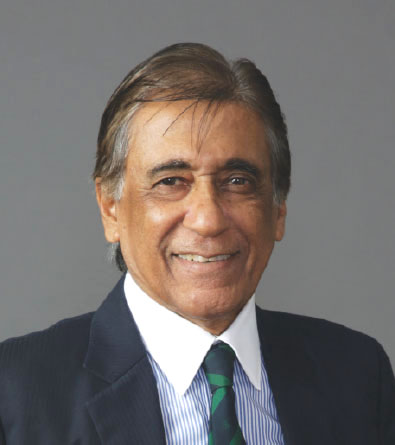
In the hearts and minds of your editors, early childhood care and education (ECCE) of youngest children under five years has a special place. Since 2010 when we staged the country’s first national/international ECCE conference in Mumbai and simultaneously introduced the EducationWorld India Preschool Rankings (EWIPR) to awake educationists and society to the critical importance of ECCE, we have emerged as the country’s most strident advocates of universal professionally provided ECCE. And we have the satisfaction of moving the needle of public policy on this issue.
Perhaps as a response, the high-powered Dr. K. Kasturirangan Committee strongly recommended universal professionally administered ECCE for all children countrywide. Therefore the National Education Policy (NEP) 2020 has mandated compulsory early years education for all children in the age group 3-6 under the new 5+3+3+4 school system which replaces the decades-old 10+2 schooling system, by tagging on three years of ECCE to primary schooling and renaming it Foundational Stage learning. The NEP policy document acknowledges that since children’s brains are 80 percent developed by age six, they need stimulation and growth from early years. And this official acknowledgment and initiative has come not a day too soon because according to UNDP data, 48 percent of India’s children below age 5 are severely malnourished and in danger of stunting.
While an estimated nine million children aged below five receive professional ECCE in 300,000 privately-promoted pre-primary schools, the country’s 1.34 million government promoted anganwadis — essentially nutrition centres for newborns and lactating mothers which also provide rudimentary ECCE — accommodate only 80 million of the country’s 164 million children under age five. This means that 84 million infants are totally bereft of professionally provided ECCE. Deprived the foundation of essential early years education, these children suffer poor learning outcomes all along the education continuum and serve as low-end manual labour through their adult lives, a colossal loss of productive human resource.
Against this dismal backdrop, it’s reassuring that NEP 2020 even if belatedly, has accorded, high importance to universalisation of professionally delivered ECCE. But it’s a moot point whether this mandate will be backed by greater budgetary allocation for anganwadis. Meanwhile refreshingly, the number of preschools ranked in our annual EWIPR has grown exponentially from 100 in 2010 in six cities to 661 in 17 cities. Moreover since the vast majority of children are dependent on much-neglected anganwadis, we have also rated and ranked model centres in three metro cities.
We hope our elaborate league tables evaluating the country’s best preschools in 17 cities where there is greater awareness of vital, professionally administered ECCE will prompt the powers that be to raise standards in anganwadis under all parameters of pre-primary education.























